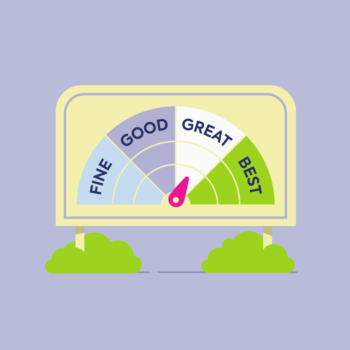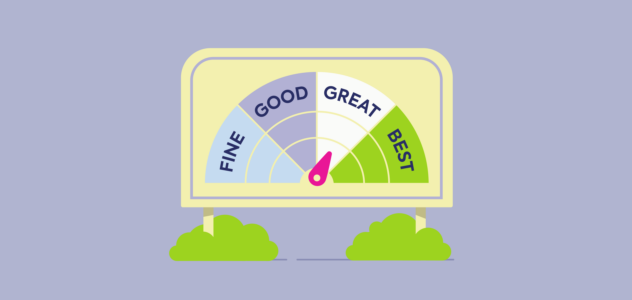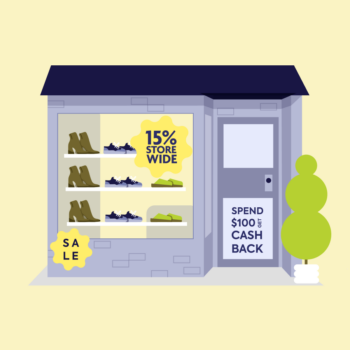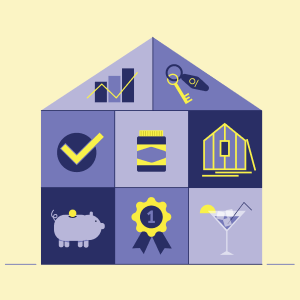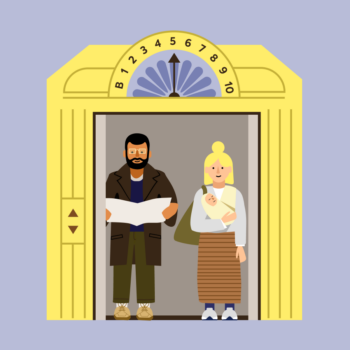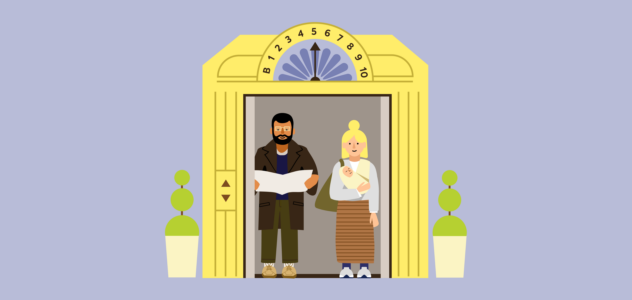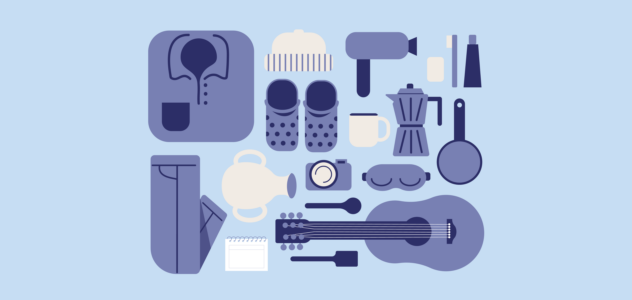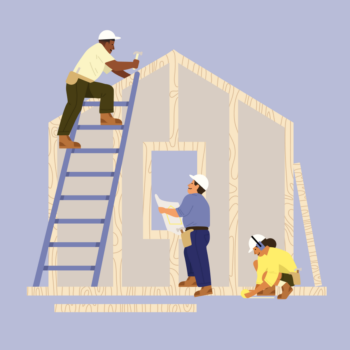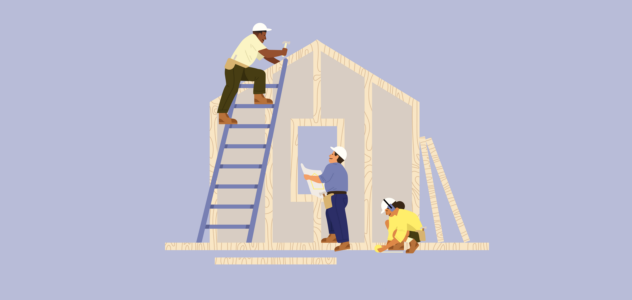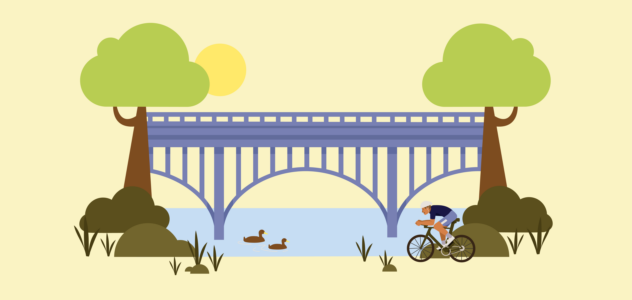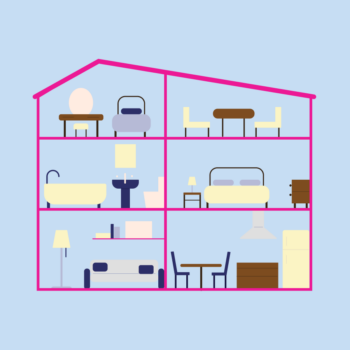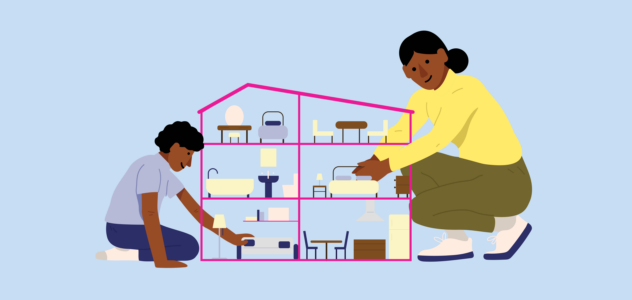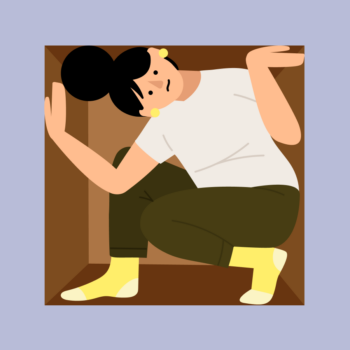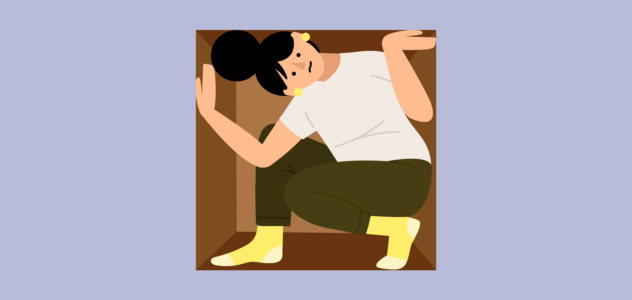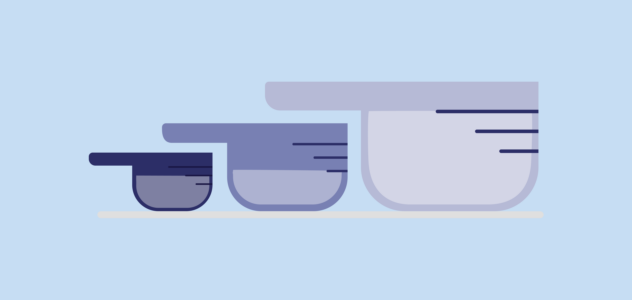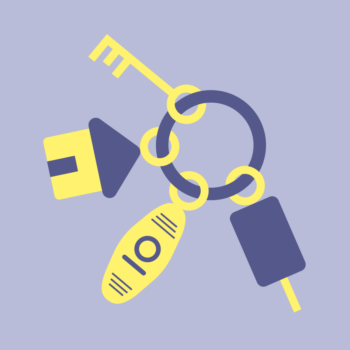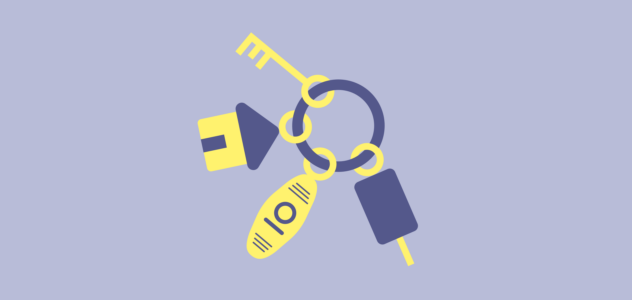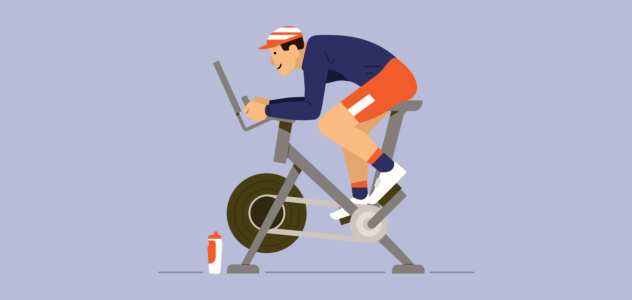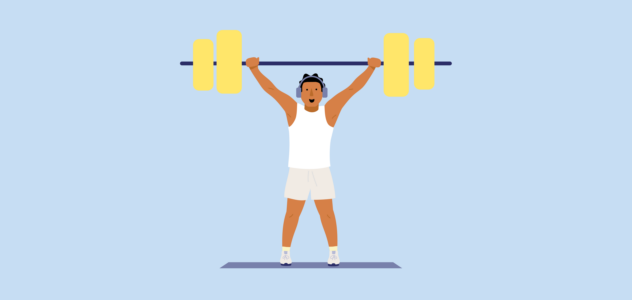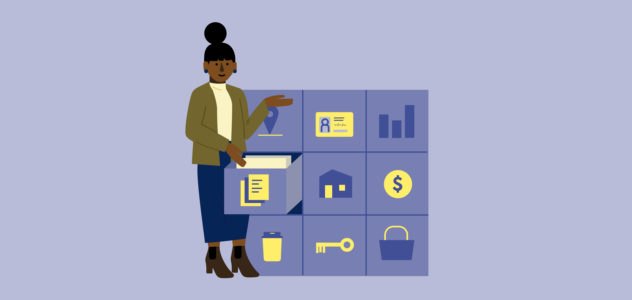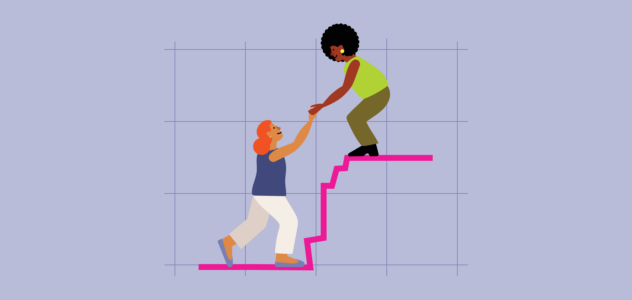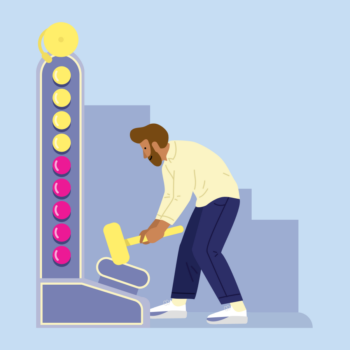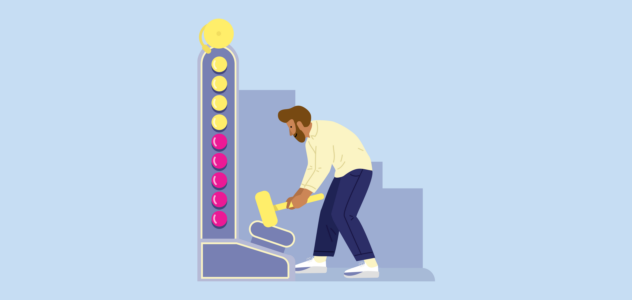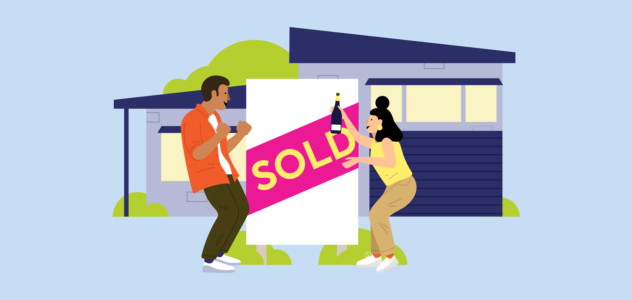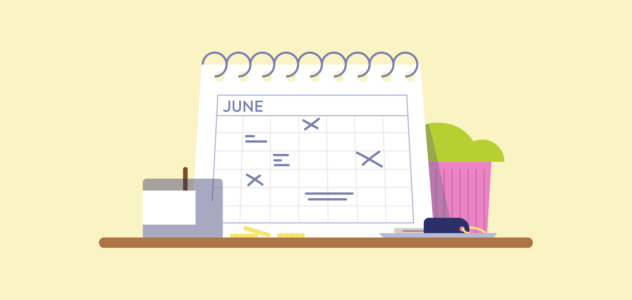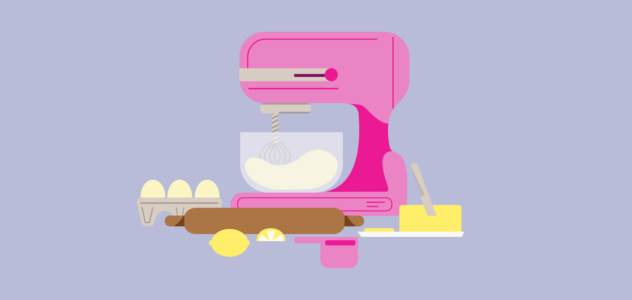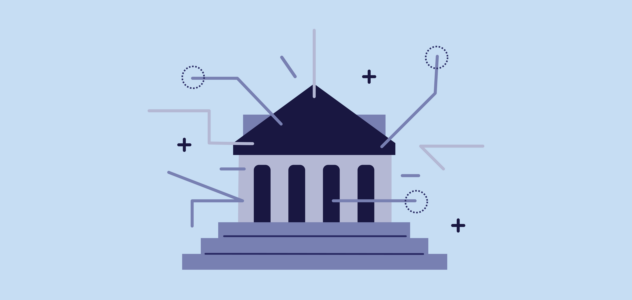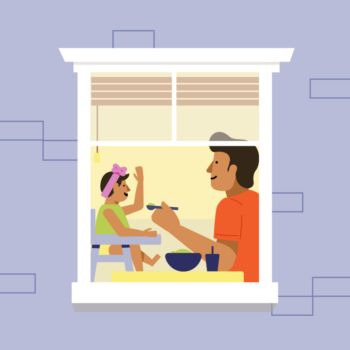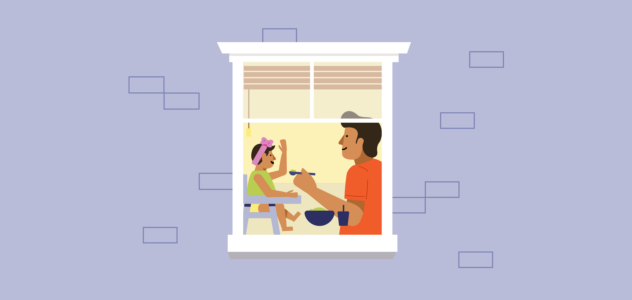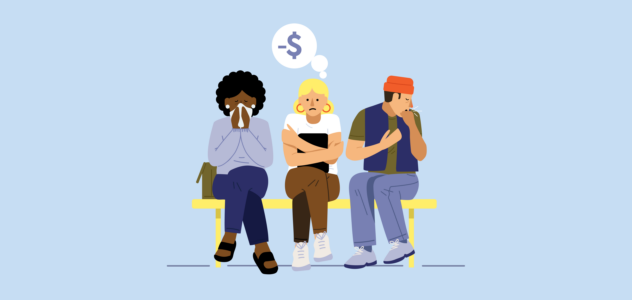Mortgages. They’re a whopping expense in the lives of many Aussies (that often come with a few benefits, we might add).
Buuut if you’re experiencing big rate increases, a shift in your financial situation, or you just need a little more breathing room, you might be weighing up how to reduce your mortgage repayments.
The good news is? There’s often a way.
Let’s dive into 5 ways you can reduce your monthly mortgage repayments to make your homeownership journey sustainable for you.
But first, how are mortgage repayments even calculated?
How are mortgage repayments calculated?
Mortgage repayments aren’t just a random figure plucked from thin air by your lender.
They’re calculated using a number of factors, including…
Your interest rate
A percentage (or rate) applied to your outstanding loan balance to calculate the interest you pay to the lender for borrowing their money. This can be a fixed or variable interest rate.
Your loan term
How long it will take to repay your loan in full (AKA an agreed timeframe with your lender). Typically this is a maximum of 30 years. Holding everything else equal, the longer you give yourself to repay your loan, the lower your repayments will be (but the more interest you may pay over the life of your loan).
Your loan amount
The outstanding balance of your home loan. This doesn’t include any money you have in your offset account, but it does include any additional redraw payments (more on offset vs redraw here).
Your repayment type
The method used to calculate your regular payment amount. This can be principal and interest (where you regularly pay off your loan balance AND interest) or interest only (where you ONLY pay interest for a period of time). More on principal and interest vs interest only loans here.
So, if you’re looking to lower your repayments, usually it involves changing one of these four variables.
Knowing that, let’s jump into how you can reduce your home loan repayments.
How to reduce your mortgage payments – 5 ways to go about it
1. Get a lower interest rate
There are two main ways to get a lower interest rate: refinance or reprice.
Refinancing is when you renegotiate or replace your current mortgage with a new one in a way that works out better for YOU. This is done with an entirely new lender.
There are plenty of benefits to refinancing. You can save money, unlock equity, switch up your variable or fixed rate, and of course, reduce your mortgage repayments.
Refinancing does come with a few fees (like government fees and bank termination fees). But these costs are often far outweighed by the benefits of refinancing.
The other option, repricing, is a little like refinancing but it’s with your current lender.
Repricing can help you get a better rate and save money, while significantly saving time and reducing the fees associated with refinancing (there’s less admin involved because you are keeping the same loan, just changing the interest rate on it).
But on the downside, you might miss out on some more competitive interest rates from other lenders and fall into the trap of mortgage loyalty tax (when long-term customers end up paying higher interest rates to their lender than newer customers).
Not sure whether you should refinance or reprice to reduce your mortgage repayments? A mortgage broker (or home loan expert as we like to call them) can help. We’ll take a look at your situation, explore aaalll the options, and help you find the way forward.
2. Extend your loan term
If you’ve had your mortgage for a few years you can request to extend your loan term (for example, moving it back from 26 to 30 years).
This essentially spreads out your repayments over a longer period, making each of your repayments lower. But there’s a downfall. It also means you may end up paying more interest over the life of your loan.
So while it’s a great short-term solution if you need to lower your repayments ASAP, it probably won’t reduce your total repayments in the long term.
3. Reduce your loan balance
Have any hidden savings stashed away? By putting them towards your home loan you could lower your principal balance, and as a result, opt to reduce your repayments.
You could also consider getting an offset account or redraw facility as another way to lower your principal balance.
An offset account works like an everyday bank account where you can easily withdraw and deposit money (only it’s attached to your home loan). Then, when a bank calculates interest charges (typically on a daily basis), it takes into account ALL the money you have in your offset account.
On the flip side, a redraw facility is a feature on your home loan that allows you to make and access extra repayments (on top of your regular repayments). As the name suggests, you can “redraw” your extra repayments from your home loan if you need to.
4. Switch to interest only repayments
When you’re entering into a home loan, there are two types of loan repayments you can typically go for: principal and interest, or interest only.
In a principal and interest loan, you’re paying back the principal balance as well as the interest it accrues.
In an interest only loan, you’re only paying back interest for a period of time (which means you won’t be paying down your principal balance, aka actual loan). This will make your repayments lower for a little while, which may be necessary if your financial situation has changed, you need a bit more wiggle room, or you just want some relief from your mortgage.
But on the flip side, an interest only loan isn’t always ideal in the long term. You’re eventually going to need to chip away at all the money you’ve borrowed and it could mean you end up paying more over the life of your loan.
Plus, when your interest only period expires and you move to a principal and interest loan, you may be in for a shock. You may have less time to pay back the loan balance, which means (you guessed it), higher repayments.
5. Speak to your lender about hardship options
If none of these options are right for you, then you could speak to your lender about hardship options (or hardship variations). This is good to know about if you’ve exhausted other avenues.
A hardship variation is when you change the terms of your home loan to make it more affordable during tough times. It’ll ultimately make your loan easier to manage — such as temporarily pausing or reducing payments.
See, it’s in a lender’s best interests to keep your home loan afloat. They really *want* you to stay a homeowner. Which is why all lenders have entire hardship teams dedicated to helping homeowners through tricky times.
But once again, be aware of when your hardship variation ends and you move back to paying your principal and interest (it can come as a shock).
Finally, for those experiencing serious financial hardship and need a helping hand, a financial counsellor is often a good thing to consider.
Ready to chat about reducing your mortgage repayments?
As you can see, there are several ways to reduce your home loan repayments.
And while not every one of these options will work out better for you in the long term, sometimes it makes sense for homeowners to do what’s best for them *right now.* You can always try to pay down your loan faster in the future if your financial situation changes.
Not only that, it can be a good idea to explore all the different options to lower your repayments and hold onto your mortgage (rather than selling your property altogether).
Still wondering how to reduce your monthly mortgage repayments or what the best path is for you?
Our home loan experts can help. We’ll explore your situation with empathy, weigh up what’s right for you and happily answer your questions (100% free, with zero obligation to go ahead).
Book your time with a Finspo home loan expert today









